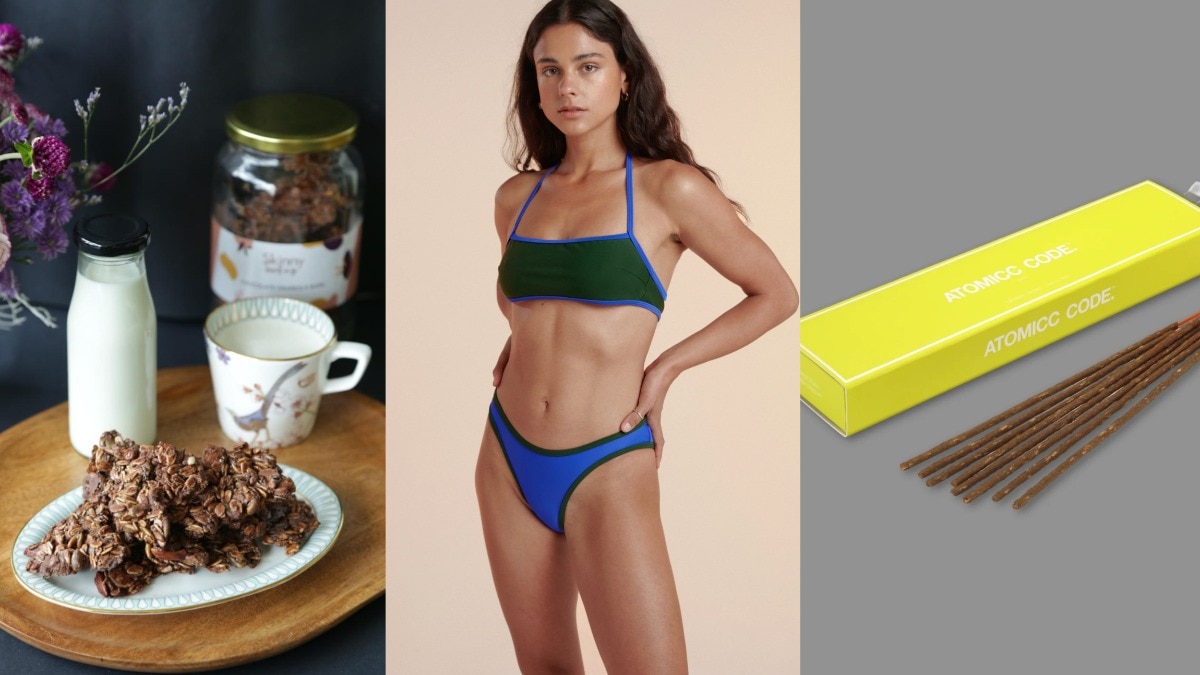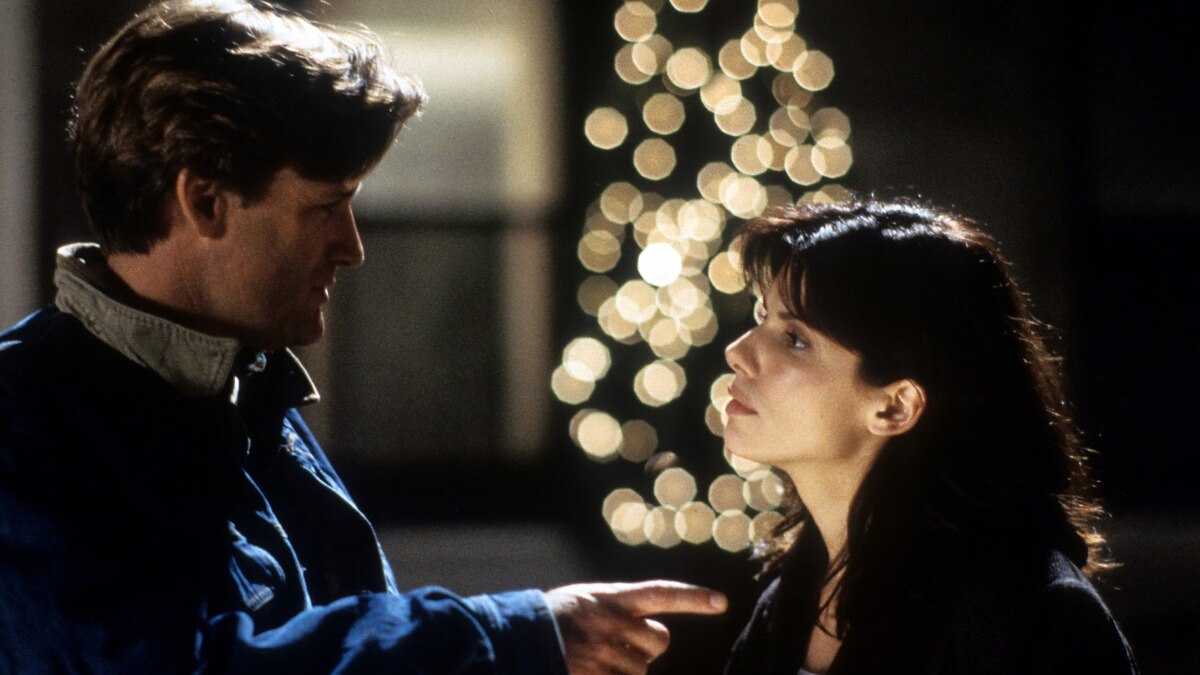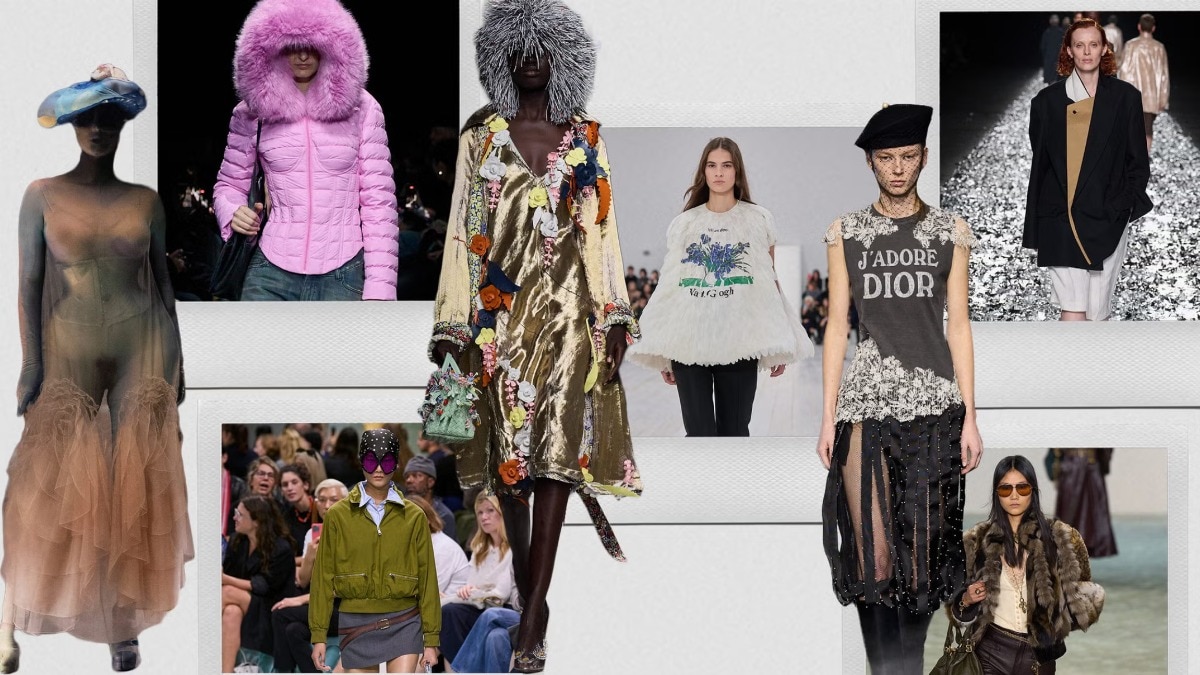
Bazaar India talks to five eminent female artists about their idea of the feminine form
Artists Jayasri Burman, Seema Kohli, Rekha Rodwittiya, Anjolie Ela Menon and Gogi Saroj Pal celebrate the feminine form; fitness expert Yasmin Karachiwala discusses her new book.


These five fantastic artists speak about an artwork that celebrates the ideals of womanhood and explores the multiple avatars that a positioned stance of female empowerment embraces.

REKHA RODWITTIYA
I am a woman—do not whisper it!
The female figure as a central image is consciously placed as an endorsement of female victory—almost as a totemic trophy of the self for the self—to reinforce the embodiment of the female spirit as a vital axis to life itself. In my representation of the woman, I iconise the female figure by diagram-matising her body—thereby removing the palpable corporeality so that it does not become a commodity for lustful consumption.
My art is a commentary about life through my existence in this world. It allows me to search and find myself and my space of belonging. I believe that it is through the lives of the ordinary that we best witness the ideals of beauty. I have found my strength through the many stories about the courage of ordinary women—both rural and urban—that have championed women’s rights in the subcontinent. The spirit of the woman is indomitable as she continues to commit her energies to nurture life through her capacity to define self-dignity and offer lessons of forgiveness.”
SEEMA KOHLI
Ananta

The artwork portrays the webs which unite with the image of Goddess Kali holding the body of Lord Shiva. She is resurrecting him through her energy. The multiple embryos coming out of her body reflect female energy—the regenerative force giving birth to these embryos. Surrounding the image of Kali are inverted triangles made of eyes, which personify awareness, both spiritual and physical. It is the awareness one has when one’s breath is in tandem with the universe, and every pore of one’s body becomes alive and awake.
“My journey as an artist started very early...I knew this was my language. I wanted it to be told in the form of images—which enabled me to communicate with my canvas. Painting women, I believe, helped me connect with my body and vice-versa because that’s what came to me spontaneously. Most of my paintings are self portraits therefore the gaze is always focused on me. Even the masculine or male figures in my artworks become very effeminate. Through my works, I talk about the complete idea of the feminine and not just the body—I work on the idea of the golden womb. The supreme form is the one which has all the attributes that one can think of and even more.”
JAYASRI BURMAN
Prasav or Utpatti

This painting captures the essence of Jayasri Burman’s journey as an empowered woman while portraying human capacities of stimulating thoughts and fertile expressions. The female form is endowed with miracles and mystical powers of creation and nurturing qualities; the relationship between a mother and her child is a powerful feminine form of devotion towards nature. To her, this is the purest and the most fertile relationship that human bonds can harbour. In this painting, the foliage symbolises growth, productivity, and the quality of nourishment. Women have always been metaphorically important to her work in expressing sexuality as a means to explore human conditions.
“The feminine form is the most enriched reality on earth. Since the inception of art, everything revolves around the female body and form. Being a woman, women’s bodies have been my inspiration and the sublime act of embracing artful-existentialism has piqued my interest from a very early age. However, I feel that it is a tough task to celebrate femininity in a world engrossed in objectification—my art particularly, looks at women in the mythic and fantasy narratives, where I look at the ‘divinity’ staged in the feminine form. The power a woman possesses in her role as a procreator, is not only an undefined variable force, but her body is capable of so many creative functions that it is beyond imagination. My women are not just beautiful, they are big, voluptuous, mighty, empowered, and full of expression. Women are beautiful in their most contemplative, remorsed, or even, in their utmost negative states. Stories of their emotive states have created so much art that a woman’s beauty is beyond her bodily presentation.”
Anjolie Ela Menon
Mother and Child

This painting by Anjolie Ela Menon, who is an eminent painter and a muralist, was inspired by Amrita Sher-Gil’s painting on the subject of a young pale girl standing nude next to a seated older woman. Menon’s canvases exhibit a theme which she often repeats—that is of the mother and child. In the painting, we see the mother who is in her prime and the pubescent young daughter, who’s on the verge of adolescence—portraying a beautiful juxtaposition of the relationship in which the mutual bond is significant.
“Taught by my guru, Sushil Mukherjee, at Lawrence School—I was painting in oils by the age of 13! I still remember I sold my first painting at the age of 15 to Dr Zakhir Hussain for the royal sum of ₹100. Having done several nudes—mostly of my friends and family, I adore doing luminous paintings on masonite made with translucent layers of paint that are burnished to a soft glow. Whenever painting nudes, I have made sure that the portraits are gentle and full of empathy.
Having painted one early self portrait, I look outside the self in my portrayal of the nude figure. Much of my style of painting was initially influenced by Amrita Sher-Gil and later by Frida Kahlo.
GOGI SAROJ PAL
All These Flowers

Gogi Saroj Pal—considered one of the first feminist artists of India—illustrates the many metaphors of beauty, sweetness, fragility, eroticism, and sensuality that a woman has in common with a flower. Her paintings are a mirror held up to society, showing disparity in relationships between the sexes and are painted to portray the vicissitudes of a woman’s life.
“My creative outpourings are a result of search for cultural identity and a reference point to the times we live in. My artwork series are based on the indigenous portrayal of my surroundings which is the Indian urban context where incidents related to female oppression take place often. I attempt to take the day-to-day issues of women in modern society amalgamating them with mythological references so it’s easier to portray oppressed womanhood to the world. It is my life and cultural identity that carves the direction of my expression. I want my creative concerns to be relevant to my times—imbibing local, regional, and universal consciousness. I think in colours and achieve Sthai Bhava (stability) to accomplish creativity in my paintings.”










